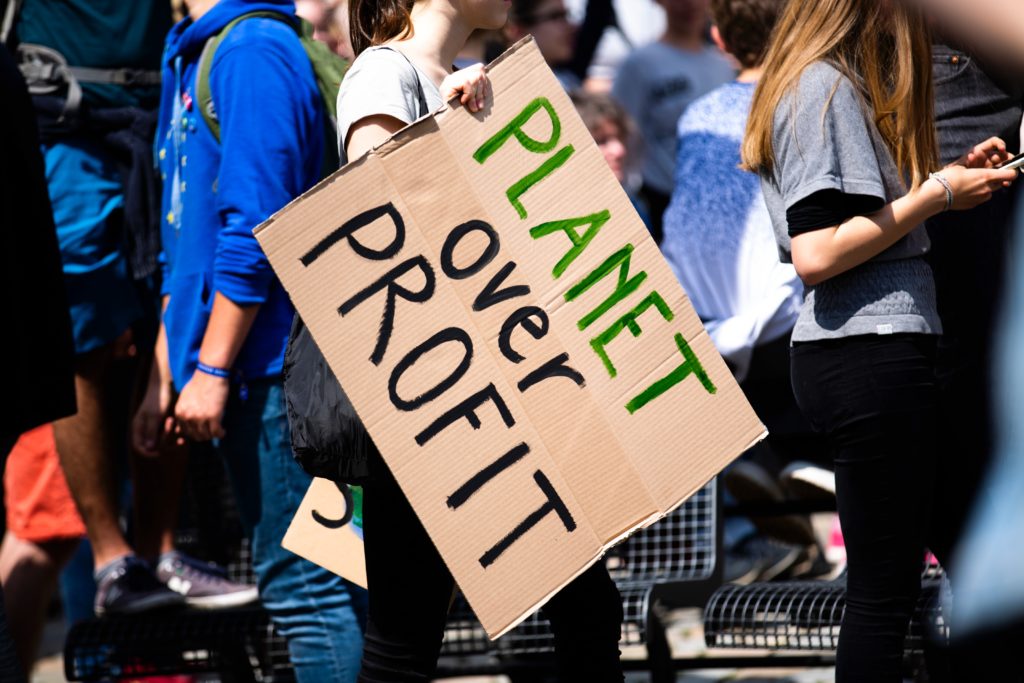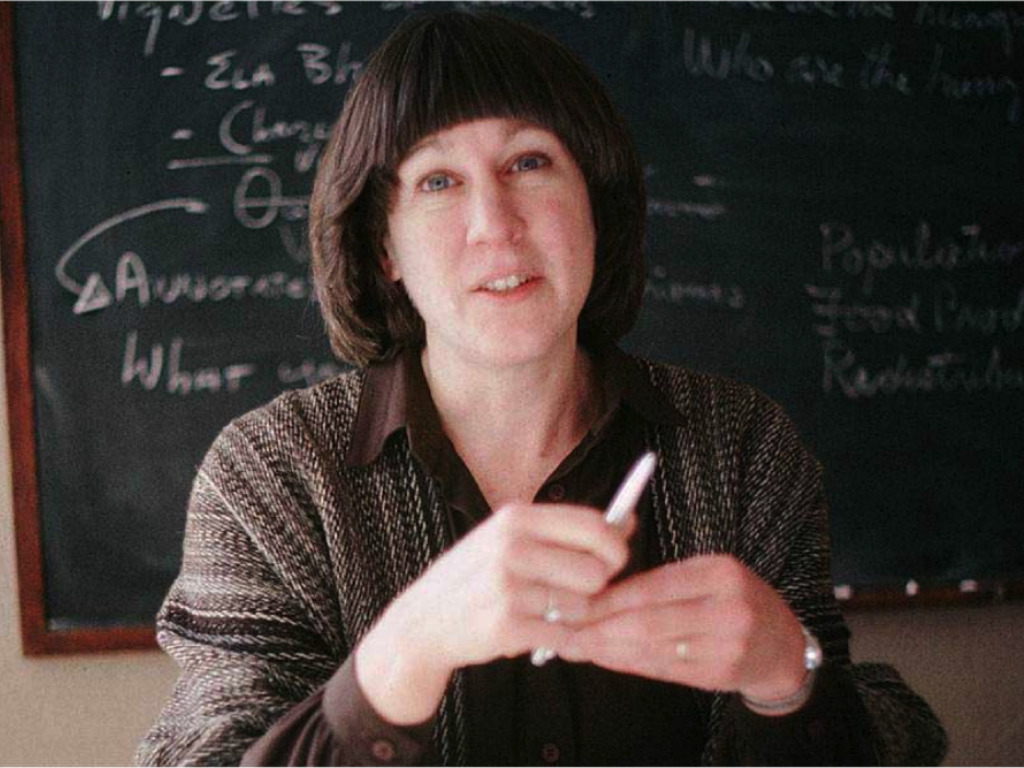4 Mins Read
Have we consumed our way to a climate crisis? Our entire economy is based on growth indicators and well, not all growth is good. That’s the underlying message of the degrowth movement—a term used to encapsulate political, social, and economic actions designed to sustain our existence on the planet.
To some observers, the degrowth movement is simply an anti-capitalist protest, but the roots of the ideology plunge far deeper. It’s a collective of people who feel that the state of decline that the world is demonstrably in was predicted 50 years ago.

What is degrowth?
Degrowth refers to the slowing of the production and consumption cycle that humans have created. It is as simple as that. In wider terms, it seeks to devalue excessive wealth accumulation and undermine power held by the few over the many. It’s an aspirational movement that seeks to democratise the entire experience of living, including the way we use the planet’s resources.
The movement calls for a dramatic downscaling of existing systems. This will, according to advocates, lead to improved human wellbeing and ecological recovery. Most notably, it should create a society concerned less with materialism and more with sufficiency and care.

How can degrowth be achieved?
Three main methods for dismantling the current capitalist growth cycle are suggested:
1. Activism
By those in power that would be affected by protest, this will be called revolt. However, you can’t have revolution without a little revolt and there is power in numbers. Opposing the status quo, in this instance, would be difficult given the stronghold that consumption now has on almost every society in the world.
2. Reformism
A viable option. Here, existing systems and institutions would need to get on board with the degrowth movement to instigate change from within the system. Governments and large corporations would be instrumental.
3. Alternative activation
A breakaway from society as it is known, with new institutions being formed, to ensure no previous ties to former systems.
All three methods are discussed as techniques to initiate large-scale change. Living with degrowth ideology on a personal level is fairly straightforward and many people already do this without aligning with the movement officially. This is seen in people choosing not to buy new cars or upgrade their phones. Consumers who favour secondhand clothing and those who grow their own food are all staging degrowth protests within their own lives.

Who is behind the degrowth movement?
Last month marked the 50th anniversary of the release of The Limits to Growth. The book, released by the System Dynamics group at the Massachusetts Institute of Technology predicted that continued growth would lead to global economic collapse by 2070. It stated that population increases and a lack of economic satiety will entirely deplete the world’s resources and result in a perilous situation.
The book was one of the inaugural modelling projects to foreshadow what could be facing future generations. At the time of its release, the book was ridiculed by fellow researchers and big industry, who referred to it as another doomsday predictor. However, much of the naysaying came from beliefs that the effects of water and air pollution were reversible and not serious. This has since proven to be wildly inaccurate.
The book’s lead author and unofficial mother of the degrowth movement, Donella Meadows, remained steadfast in her beliefs. She claimed that immediate action to slow population and economic growth could save the planet. Her work in Limits has since been credited as being instrumental in the creation of the UN’s Environment Programme.

Why does it matter?
The issue of degrowth remains pertinent today because there is a growing sense of borrowed time, particularly environmentally. The earth’s resources are running out, and as a species, humans are reluctant to adapt their behaviour to account for that fact.
The World Health Organization recently highlighted the unhealthy obsession that policymakers have with GDP and ensuring that the figure rises every year, no matter what the impact. This has led to affordable healthcare becoming a low priority for governments, as it doesn’t contribute positively to figures in the same way that military spending does, for example.
Now, in line with the degrowth movement’s parameters, there is scope for sustainable actions and population health to be tied to GDP to bring focus in line with pressing issues, not societal urges. A revision of how GDP is measured is in progress and is due to be finalised in 2025.
50 years down the line, it is noted that there’s less time for debate and that action needs to be taken quickly, to prevent total global collapse. Democratic political participation, localised economies and widespread deceleration are, according to the movement’s advocates, essential stepping stones to survival.
Lead photo by the Donella Meadows Project.




